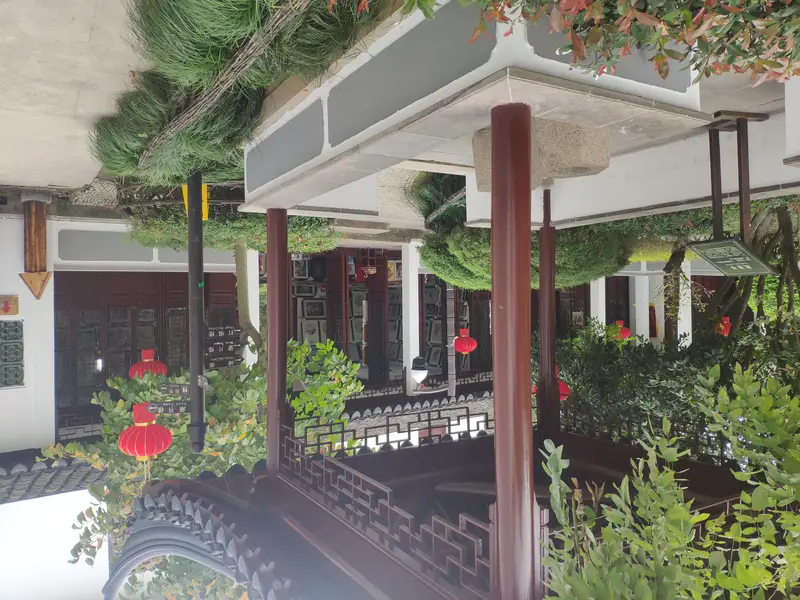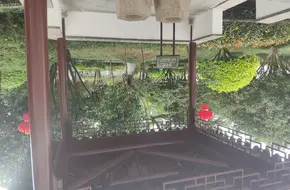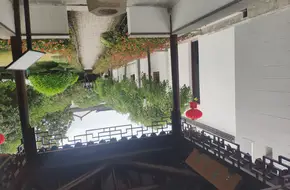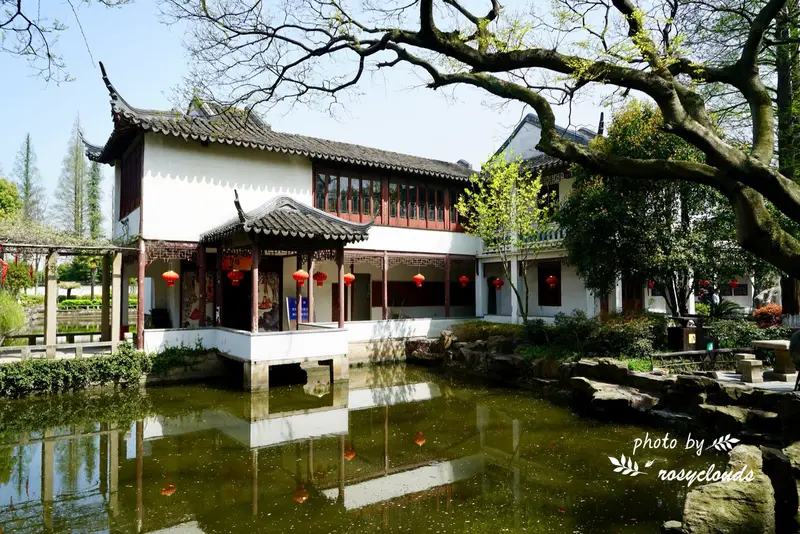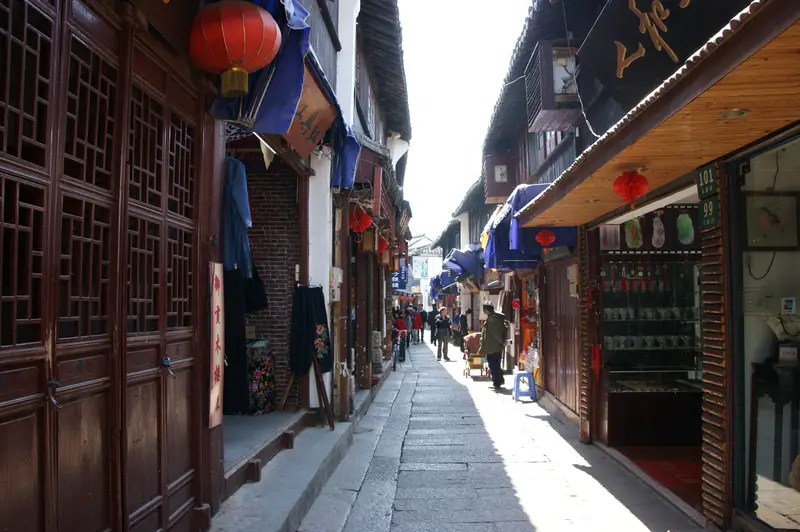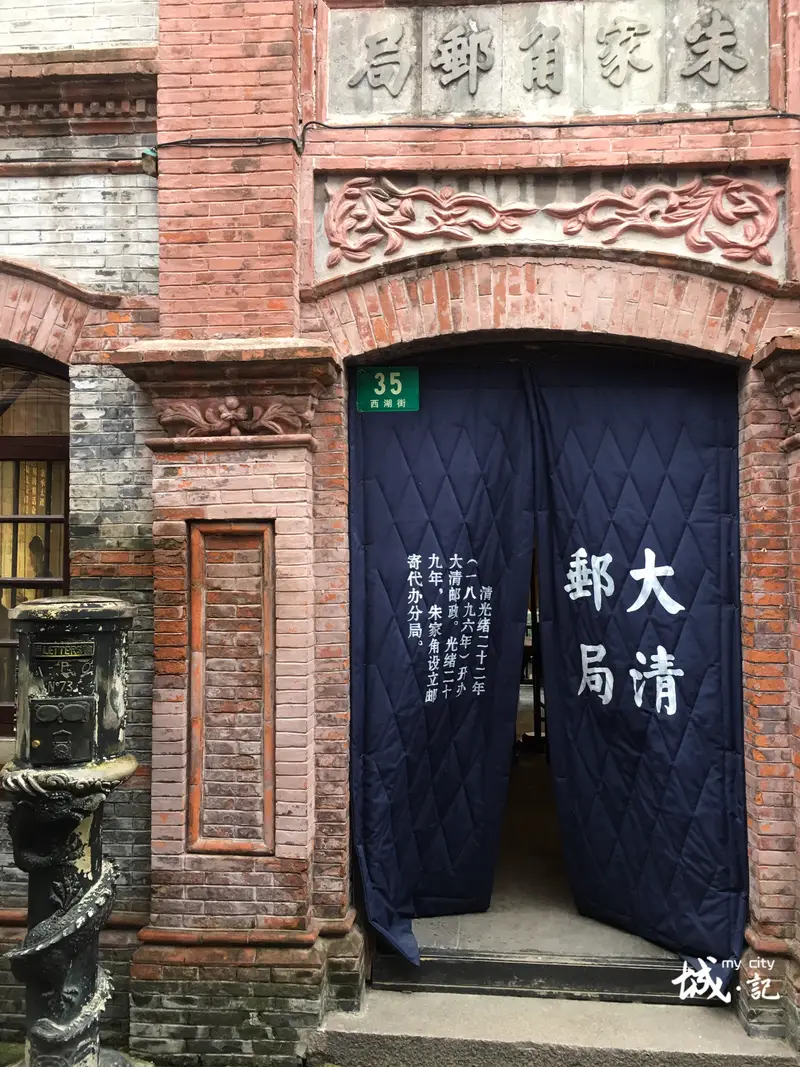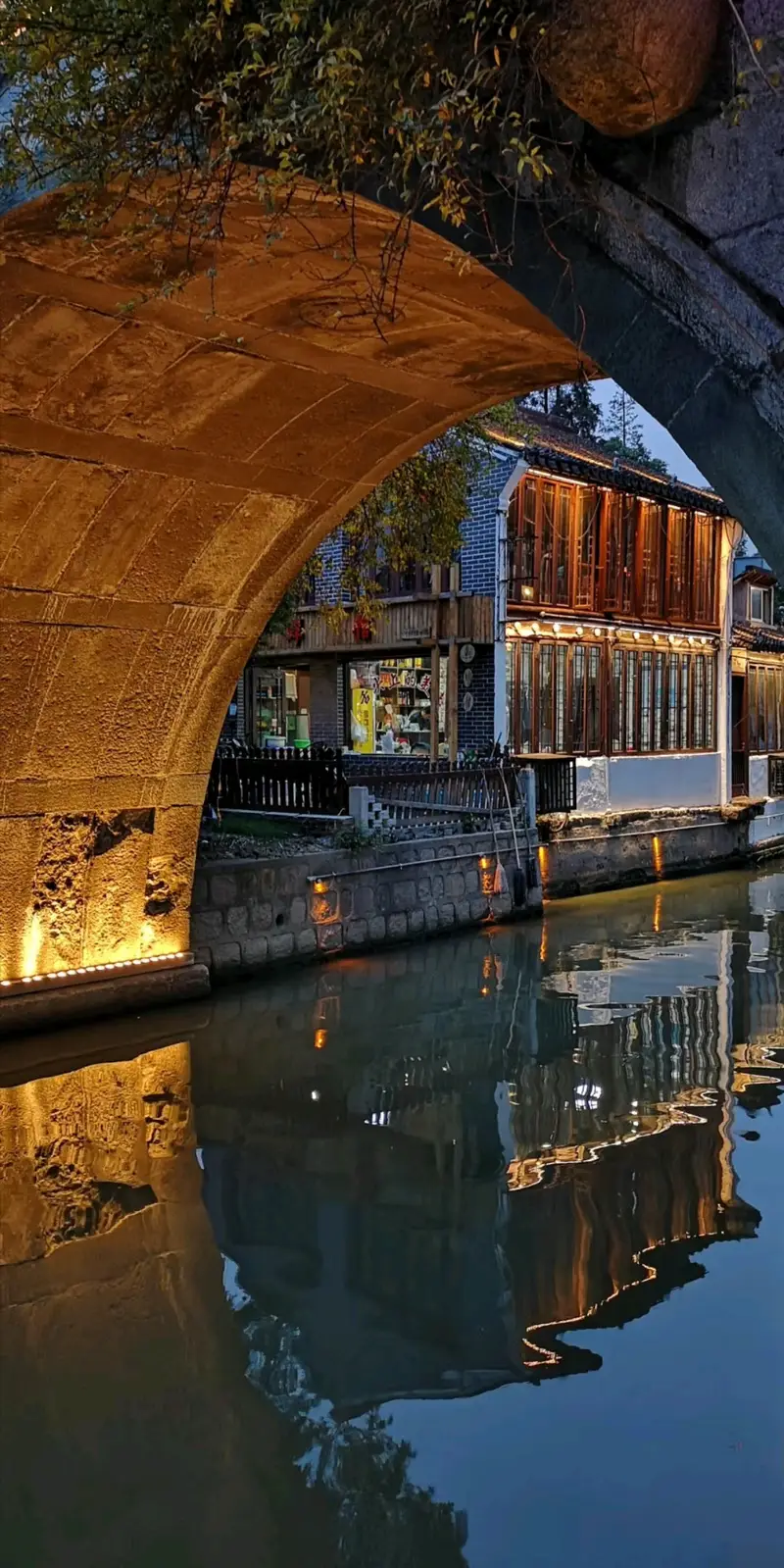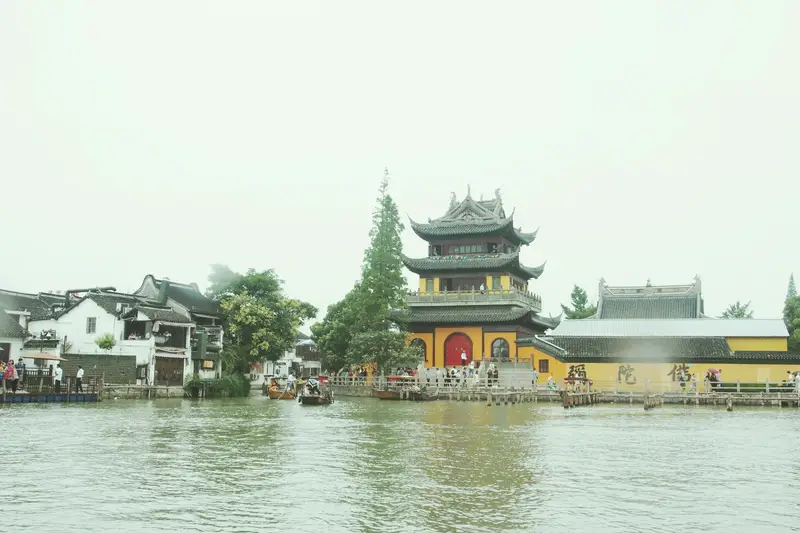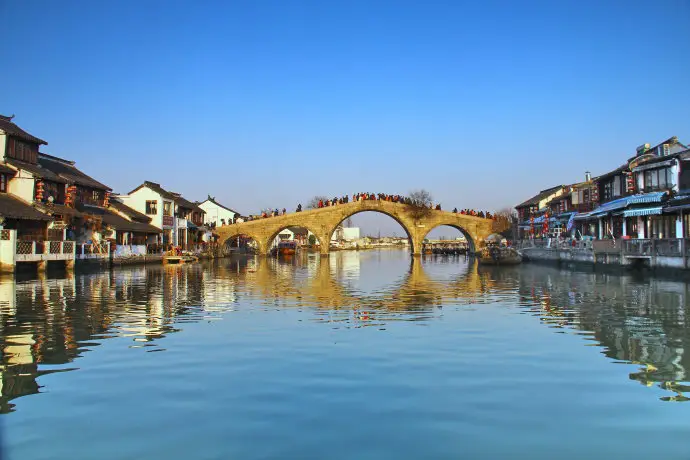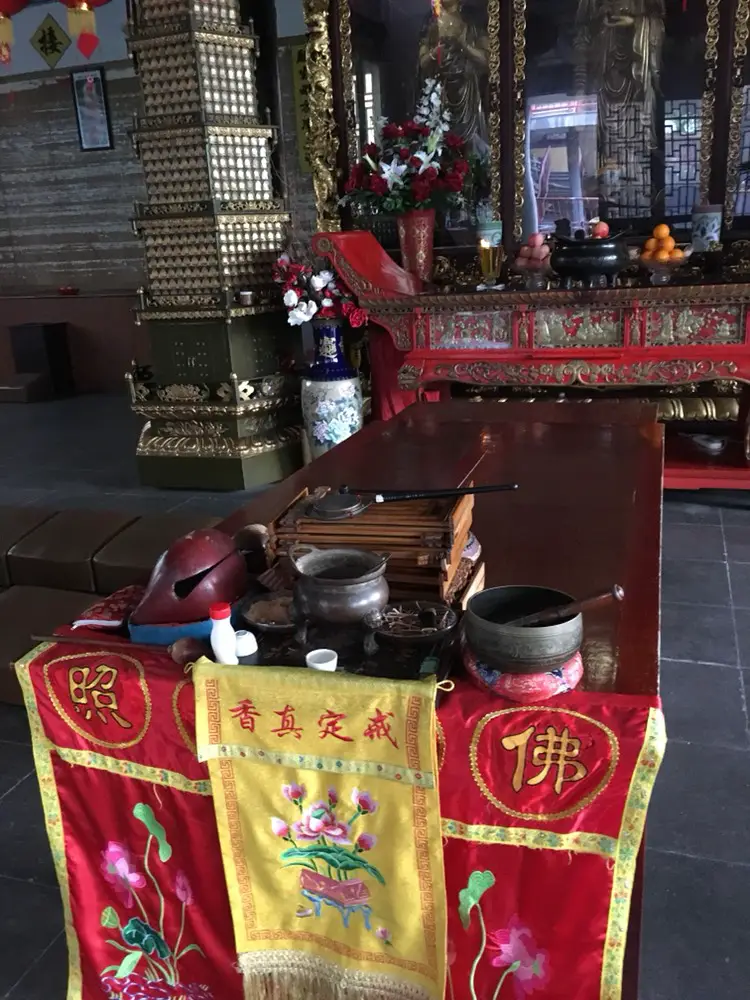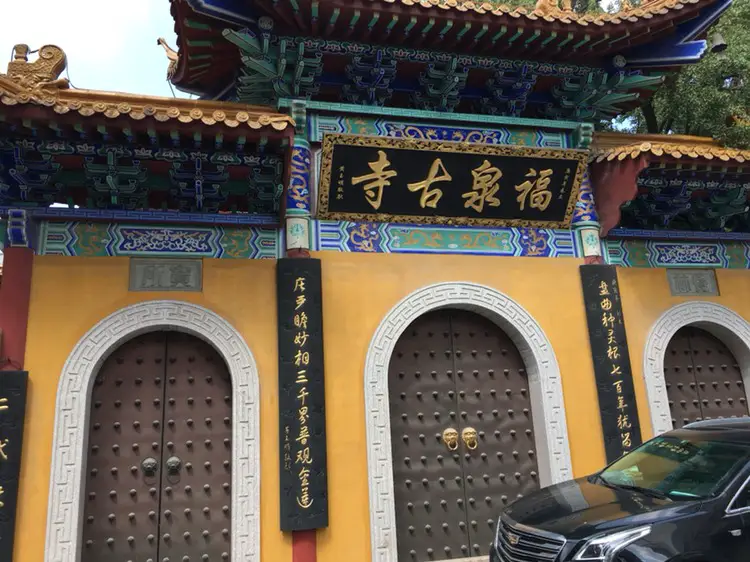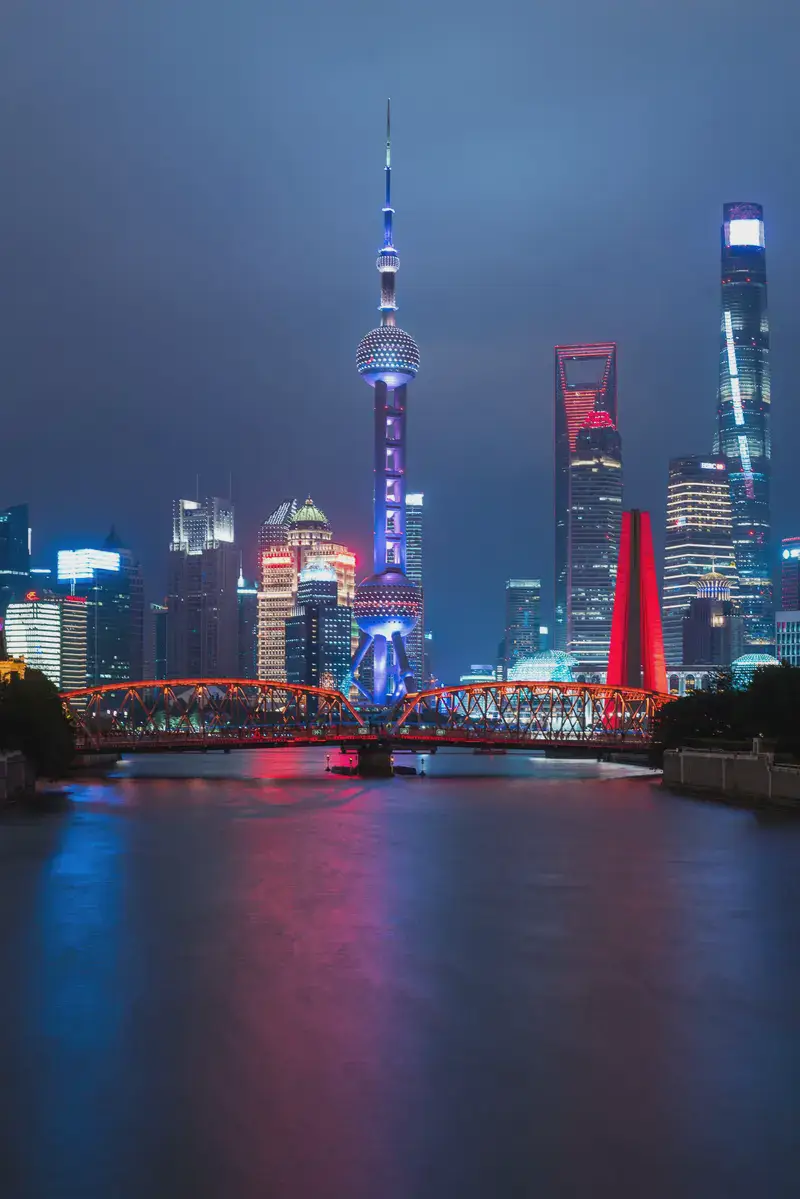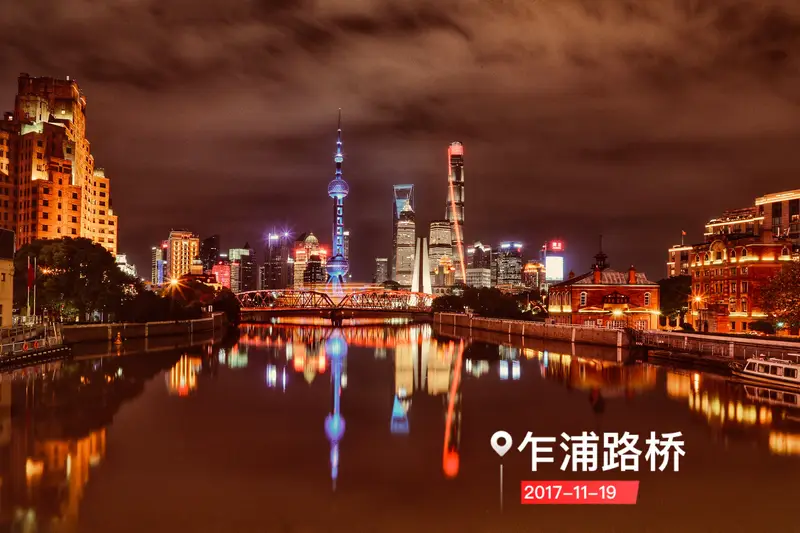Location & How to Get There
Shuangbai Pavilion sits within the Kezhi Garden in Zhujiajiao Ancient Town, Qingpu District, Shanghai. This waterside town is about an hour’s drive from downtown Shanghai or a 40-minute metro ride via Line 17 (get off at Zhujiajiao Station). If you’re driving, there’s a parking lot near the town’s entrance. The pavilion itself is nestled in a sprawling garden complex, so you’ll need to explore the grounds to spot its remains.
Natural Scenery: A Glimpse of Jiangnan Charm
Zhujiajiao is famed for its canals, arched bridges, and lush greenery—classic Jiangnan (southern China) vibes. Though Shuangbai Pavilion is now in ruins, its original site still features a serene ancient well, surrounded by willow trees and flowering plants. The garden’s layout blends waterways, rockeries, and pavilions, creating a peaceful escape from the city’s hustle. Wander along stone paths, cross tiny bridges, and you’ll feel like you’ve stepped back in time.
Cultural Highlights: History and Art in One Place
The Story of Kezhi Garden
Kezhi Garden was built between 1912 and 1927 by a wealthy local merchant, Ma Wenqing. The name “Kezhi” means “planting knowledge and virtue,” reflecting the owner’s vision to blend education and leisure. The garden spans 96 acres with over 200 buildings, including grand halls, theaters, and pavilions. Shuangbai Pavilion, though modest compared to other structures, held cultural significance as a rest spot near the garden’s “Book City” (a library complex).
Ancient Stone Carvings: A Treasure Trove
One of Kezhi Garden’s gems is its Stele Corridor, home to 15明代 (Ming Dynasty) stone carvings. These include poems by Wen Zhengming (a Renaissance-like figure) and Zhu Zishan (a quirky artist). The carvings were crafted by master artisan Zhou Meigu, commissioned by Ma Wenqing. Even if you’re not into Chinese calligraphy, the intricate craftsmanship and historical weight make it worth a peek.
Shuangbai Pavilion’s Past
Sadly, Shuangbai Pavilion (named after two nearby ancient wells) no longer stands, but its legacy lives on. The wells remain, whispering tales of scholars who once drew water here. Nearby, the Yinggui Hall (a reception hall) and Book City Tower (a three-story library) offer glimpses into the garden’s intellectual roots.
Facilities: Practical Tips for Visitors
- Tickets: Entrance to Kezhi Garden costs around ¥20–¥30 (cheap by Shanghai standards!). Check the latest prices online.
- Guided Tours: Rent a voice-guide device (usually ¥20) for English解说 (commentary) on the garden’s history.
- Food & Souvenirs: After exploring, grab snacks at the garden’s teahouse or nearby stalls selling Zhujiajiao’s famous rice cakes. Local shops also sell cute Ming-style trinkets.
Visiting Experience: What to Expect
Start your trip at Yinggui Hall, the garden’s grand entrance. Stroll east toward the Book City area—this is where Shuangbai Pavilion once stood. Though the pavilion is gone, the surviving well and surrounding gardens still evoke its former charm. Don’t miss the Stele Corridor; even a quick walkthrough feels like a mini


